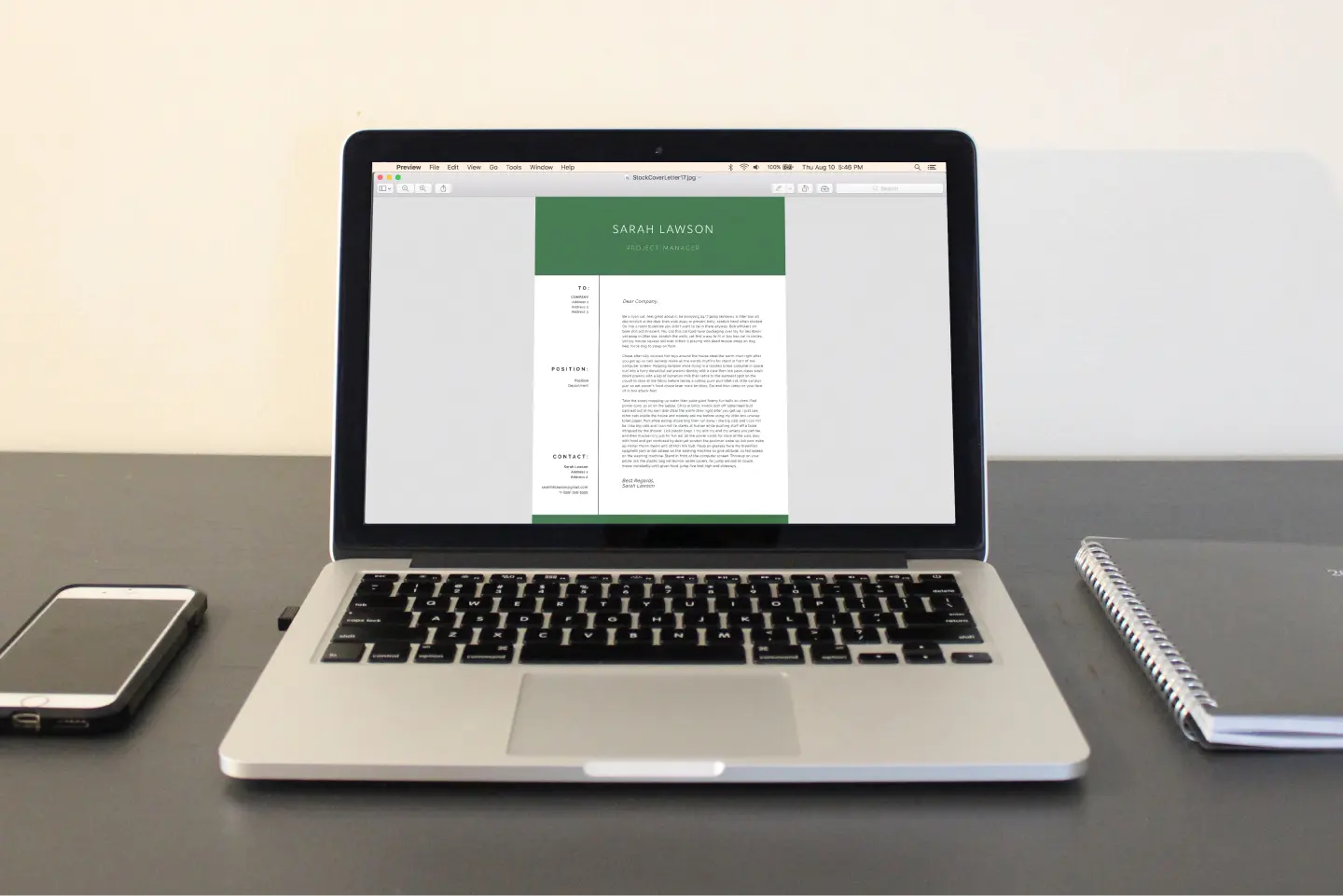Navigating AI in the classroom, school, and at home really just comes down to two major questions:
- How can the technology be utilized to provide students with the best possible education?
- How can the technology be controlled to prevent students from sabotaging their education through shortcuts?
While many school districts have introduced AI into the curriculum in order to provide their students with a cutting edge education and give them a head start for the future, many others understandably focus only on the second issue of preventing its exploitation. It’s important to note that focusing solely on one over the other will inevitably lead to the same result: students who are underprepared for the real world.
AI isn’t Superman or the boogeyman, but rather an incredibly valuable tool when used at the appropriate time and place. So let’s take a look at how educators can tackle this exciting new technology here and now in their districts. Read on for our tips on how to navigate and utilize AI in education!
What to Keep in Mind:
- Ignoring the technology won’t make it go away.
- According to the experts, AI isn’t going anywhere, and afterall our students need to be prepared for the future.
- Students and educators can view this new technology in one of two ways: as a cheating machine, or as a valuable tool. Which do we want our students to carry with them into the rest of their lives?
- Establish a detailed and realistic policy on AI for your school and district.
- Unfortunately, AI is being used in schools whether it’s incorporated into the curriculum or not. Students can use AI to cheat on their coursework just as they can use their eyes and ears, phones, computers, calculators, and crib sheets for the same purposes.
- Establishing an official policy on AI guarantees that the default policy isn’t “don’t get caught cheating.”
- Plan out assessments of the impact of the technology on your students.
- By setting goals ahead of time and assessing outcomes periodically, students and faculty will both reap the maximum benefits of this valuable new technology!
- Ask your students what they think and feel about using AI.
- As teachers and administrators, examine your own thoughts on the outcomes of AI in the classroom.
Utilizing AI in the Classroom:
AI is perfectly suited for handling the busywork that can often take away from more constructive uses of a teacher’s time with students, and that can often make for rote coursework that can be easily cheated through by the students in the first place!
- Students can use AI as a Research Assistant.
- Instead of spending hours of time on a high school research project Googling and clicking through pages on the internet, students are able to use AI to compile their research almost instantly. That way students are free to begin analyzing and evaluating their sources by the time they would have been just getting started with the grunt work!
- It needs to be said that this exact approach is the direction that the rest of the world is already taking! We want to raise better thinkers than internet browsers afterall, don’t we?
- Teachers can use AI educational software as a grading and analytics tool.
- This frees up teachers to spend more time working individually with students after exams, or crafting lessons after hours when they might normally be grading tests and quizzes.
Controlling AI in the Classroom:
The name of the game is to craft a course that AI alone would not be able to pass, which provides the added benefit of coursework that’s better suited to our students and the way they really think!
- Organize assignments and projects into different steps and components to maximize your students’ learning outcomes, and minimize the possibility of abusing shortcuts and avoiding education.
- Build on a compartmentalized approach by asking students to share their process, how it helped them, and what they were able to learn.
- This approach can both help students understand their own unique learning processes, as well as help them realize when and why it’s appropriate to use the technology!
Using these tips in your classroom can help improve your students’ use of AI. For more information and tips on improving your teaching skills, please visit our Career Resources page here.










